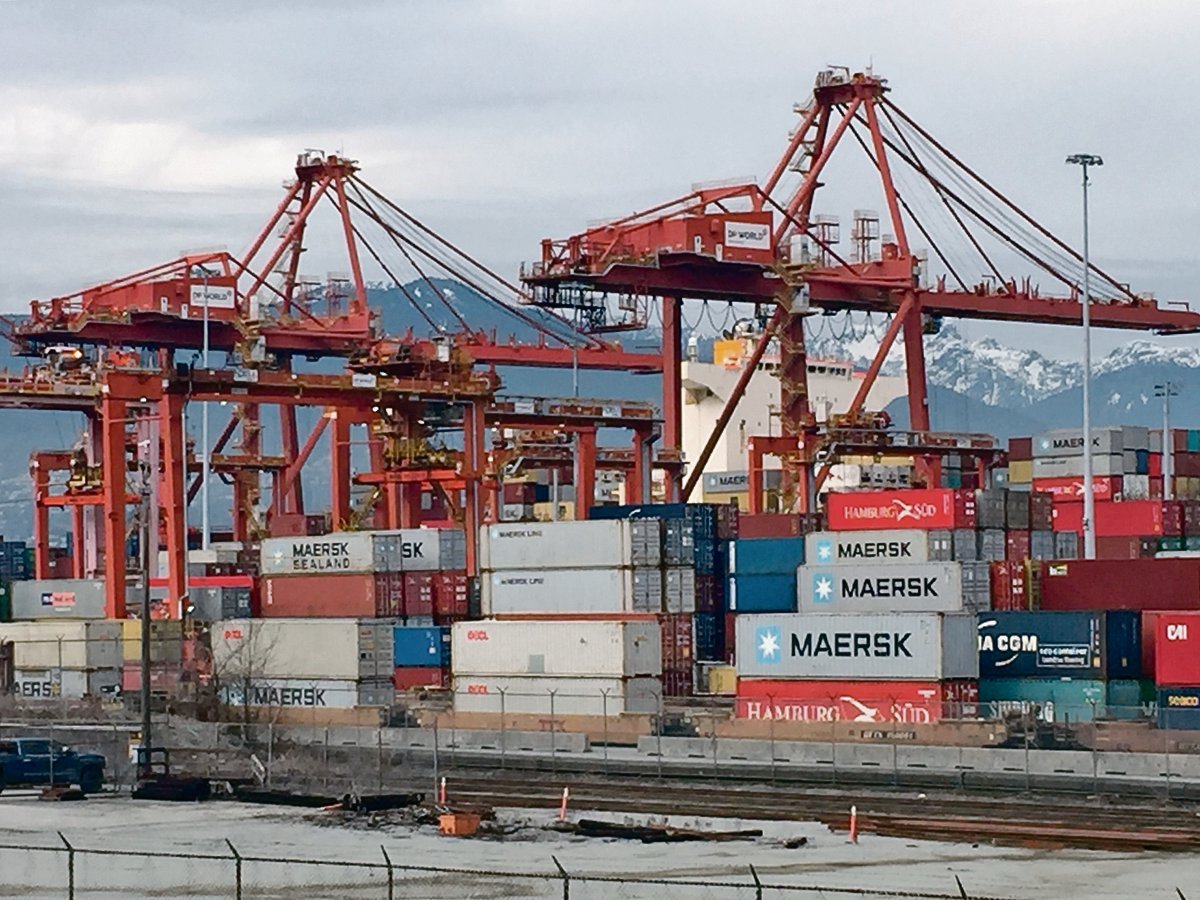Outlooks similar | Long-term forecasts show growing production of canola and soybeans worldwide
VANCOUVER — Old crop soybeans require demand destruction in the form of higher prices, says Informa Economics.
And when soybeans prices rise, canola values usually follow.
Informa believes the United States had 940 million bushels of soybeans on hand as of March 1 to meet customer needs for the rest of the season. It is the lowest supplies have ever been at that time of year.
Rob Westmoreland, Informa’s executive vice-president, can’t fathom how the industry will end up with the 125 million bu. of soybean ending stocks that the U.S. Department of Agriculture is forecasting for Aug. 31, given the pace of exports and crush.
Read Also

Message to provincial agriculture ministers: focus on international trade
International trade stakeholders said securing markets in the face of increasing protectionism should be the key priority for Canada’s agriculture ministers.
“How we cut demand through the remainder of the season to achieve that remains a very interesting mystery,” he told the Canola Council of Canada convention.
One theory is the U.S. will import soybeans from Brazil and Argentina to meet the needs of U.S. crushers, but Westmoreland said North America isn’t geared up to import soybeans.
“We (would) have to run our system backwards,” he said. “To run our crushing industry on imported soybeans becomes a real problem.”
He believes the only realistic answer is to discourage export and crusher demand by raising old crop soybean prices.
“It doesn’t appear that the demand in North America has been reduced or discouraged enough to make the transition to the new crop, and it doesn’t appear that we can import enough to fill the gap,” said Westmoreland.
“The necessary conclusion is that you’ve got to pop prices, at least relative to new crop, enough to accomplish that task both for canola and for soybeans.”
He believes old crop soybean prices could rise “several dollars per bushel” to discourage end user demand.
There is already a considerable inverse in the soybean market, with the May futures contract worth substantially more than the November contract.
“It shows you we are in uncharted territory. We have not had soybeans so tight,” said Westmoreland.
A nice boost in world supplies is on the way with 83.5 million tonnes of Brazilian soybeans and 51.5 million tonnes from Argentina forecast to hit the market. The South American harvest has started, and Brazilian ports are already congested.
U.S. soybean production is also expected to recover. Informa forecasts a 92.6 million tonne crop in 2013-14, which is about the same as the USDA’s forecast.
The USDA’s estimate was based on a 77.5 million acre crop and Informa’s on 78.8 million acres. However, both of those are outdated assumptions.
Westmoreland said corn’s net revenue advantage over soybeans has eroded because of falling prices in February and March. He thinks there could be 80 million acres of soybeans, which would boost world supplies even further.
Informa is forecasting 280 million tonnes of world soybean production in 2013, up from 268 million tonnes in 2012 and 239 million tonnes in 2010.
Westmoreland expects new crop values similar to 2010, below $12 per bu. If a large U.S. corn crop pushes corn prices down to $4 per bu., then growers should expect soybean prices to be even lower.
He believes it’s possible that the spread between July and November futures contracts could reach $2.50 per bu.
The outlook for canola is similar to soybeans, characterized by short-term tightness followed by ample new crop supplies.
Informa forecasts 16.5 million tonnes of Canadian canola production in 2013-14, which would result in 1.16 million tonnes of carryout, more than double the 527,000 tonnes forecast for this year.
However, that outlook is based on 21.3 million acres of the crop, while Westmoreland said the trade consensus is closer to 20.5 million acres.
As a result, Informa’s production forecast may be a little optimistic.















